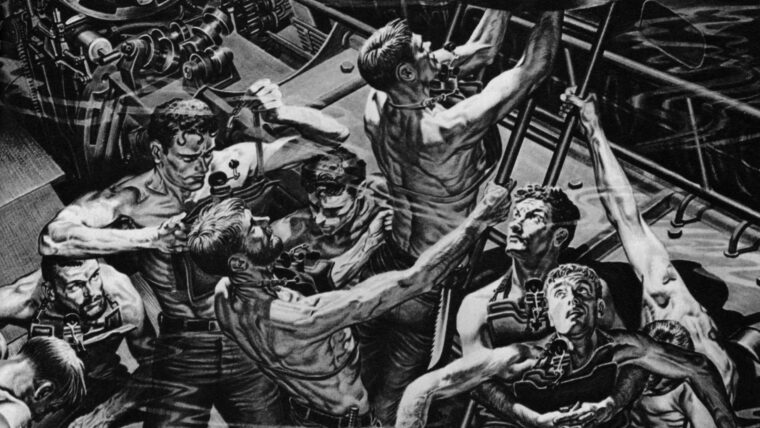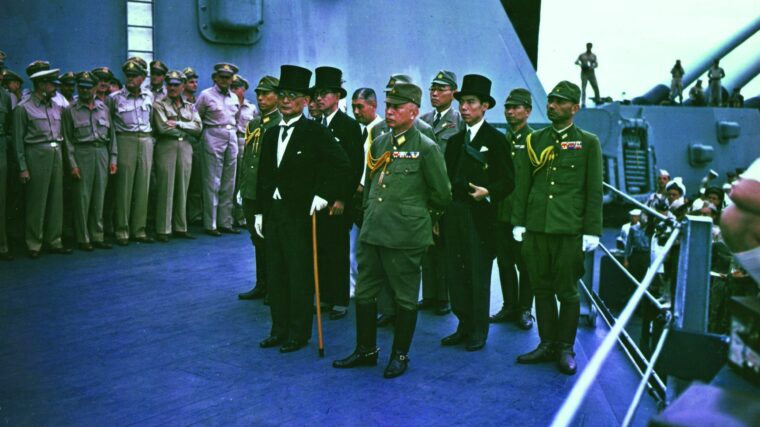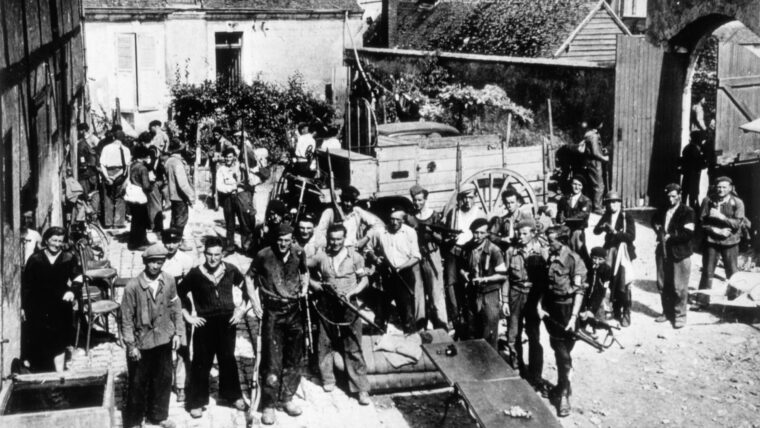
Missed Opportunity
By Christopher MiskimonIn early April 1942, the Royal Navy was preparing for the worst in the Indian Ocean. Prior to the war this body of water was akin to an English lake, so much of it bordering Imperial territory and patrolled by its warships. Read more





















